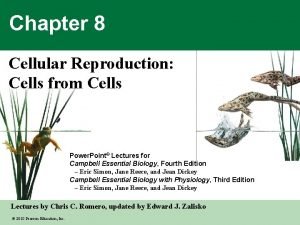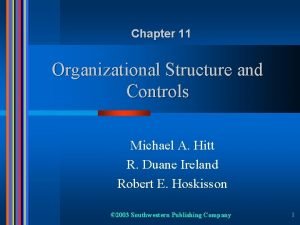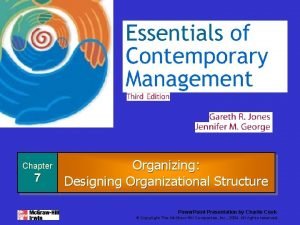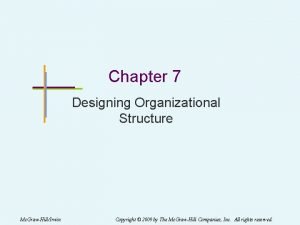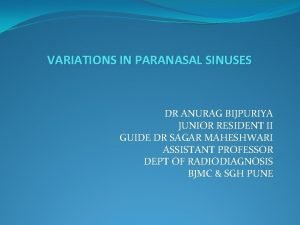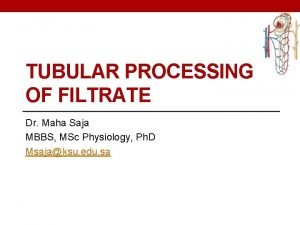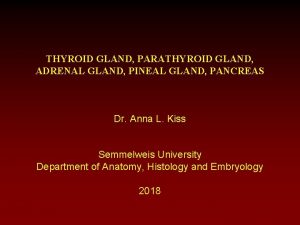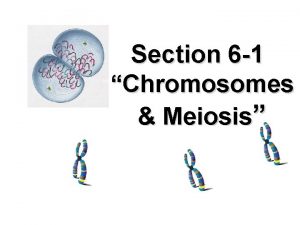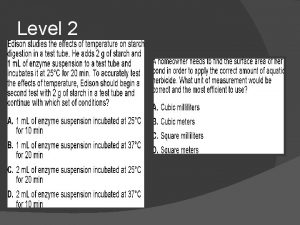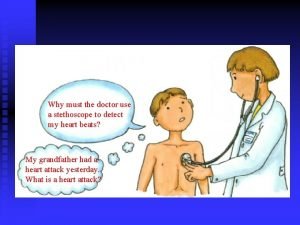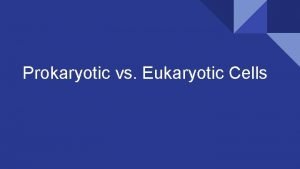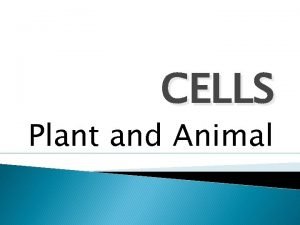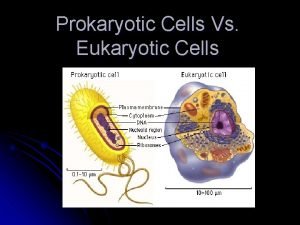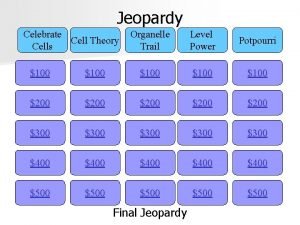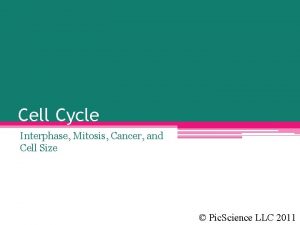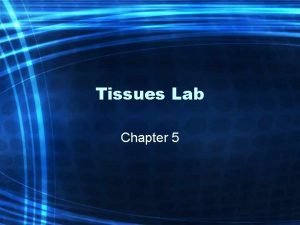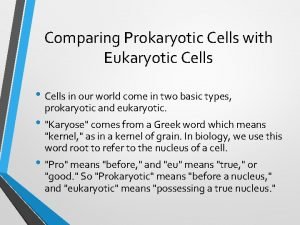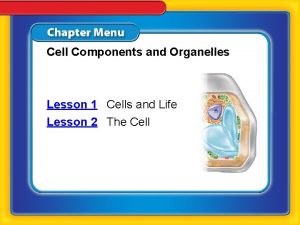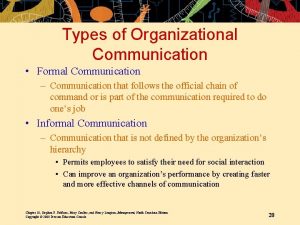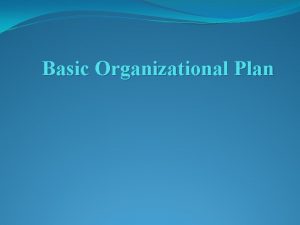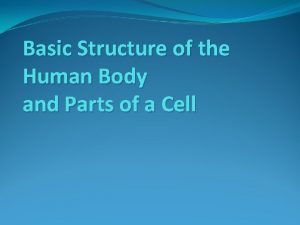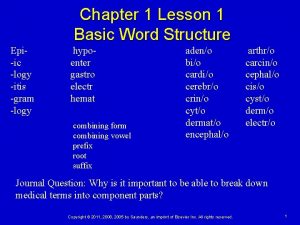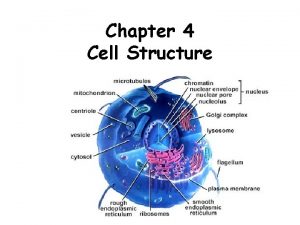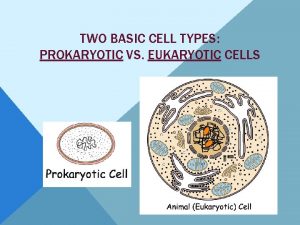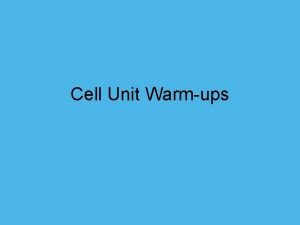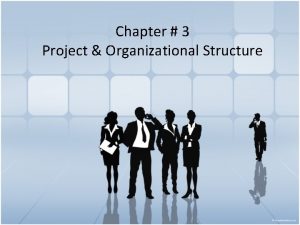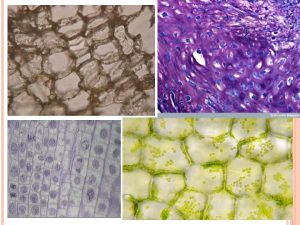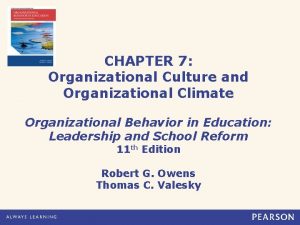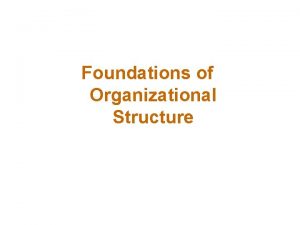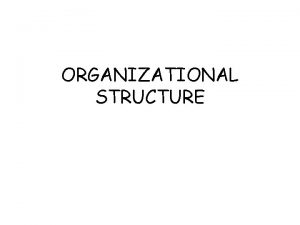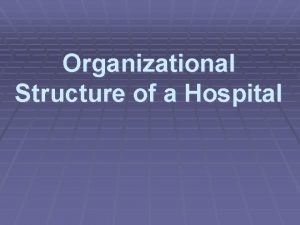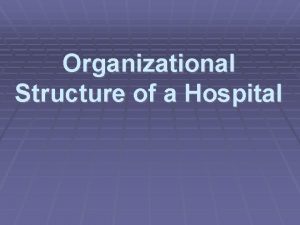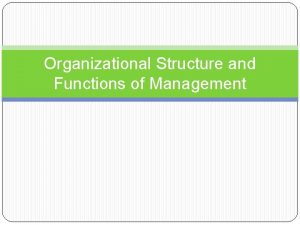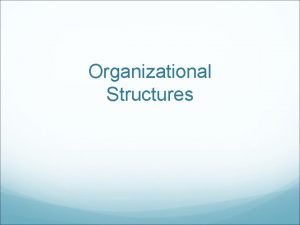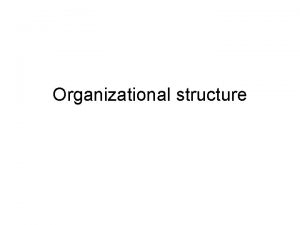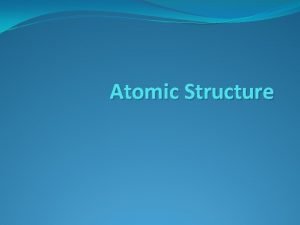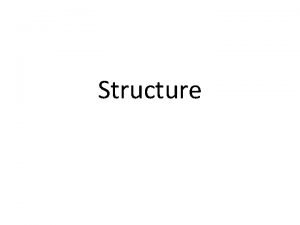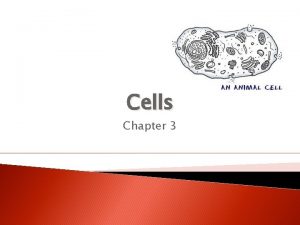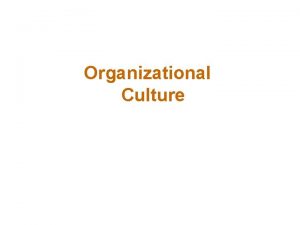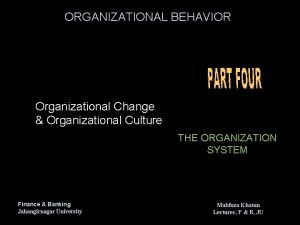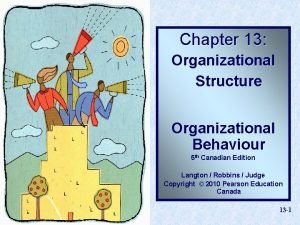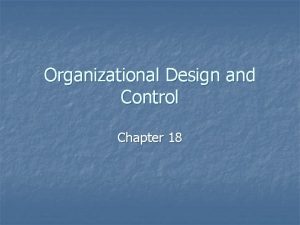Cells Chapter 3 Cells Basic organizational structure of

Cells Chapter 3

Cells • Basic organizational structure of the human body • About 75 trillion cells in our bodies • Can look and function quite differently

Differentiation • When cells specialize • Specialize in function and form

Cells • https: //www. youtube. com/watch? v=g. Fu. Eo 2 c c. TPA

Typical animal cell • Many organelles with distinct roles (ex: mitochondria, nucleus, etc. )

Cell (plasma) membrane • Important in physiology • Allows stuff in and out of the cell, so the cell can perform it’s function • But, it’s selectively permeable, meaning that only certain stuff can go in and out

Cell (plasma) membrane • Phospholipid bilayer • Embedded proteins


• http: //www. youtube. com/watch? v=Qqsf_UJcf Bc

Movement across cell membranes • Materials must cross the membrane • Metabolism of the organism occurs within the cell. • Important molecules such as carbon dioxide, sugars, oxygen, and nutrients must move into and out of the cell.

Movement across the membrane • Can be passive- no input of energy – Simple and facilitated diffusion – Osmosis • Or active- necessitates energy to move stuff – Active transport – Endocytosis – Exocytosis – Transcytosis

Simple diffusion • Movement of material from an area of higher to lower concentration

Simple diffusion

Simple diffusion

Simple diffusion • Selectively permeable

Factors that affect the rate of diffusion • Concentration • Temperature • Size of molecule • Charge of molecule

Osmosis • Same thing as simple diffusion, just with water

Osmotic pressure • Force exerted on a selectively permeable membrane due to osmosis

• We want the concentration of sugar and water to be equal between the two containers • There’s too much sugar on the right side • The only way to equalize is to move water (sugar is too big to pass through)

Tonicity • Degree to which a solution’s solute concentration causes water to move into or out of cells Solution Salt water - Hypotonic - Hypertonic - Isotonic = Solvent + Solute water

Solution types

Facilitated diffusion • Maybe the molecule is too big (sugars, salts) • Transmembrane proteins can come to the rescue! • Still moving from a higher to a lower concentration • No energy required

Active transport • Particles are moved against the concentration gradient • Requires energy!!! Actively climbing against gravity requires energy.

Active Transport • Movement of a substance against the concentration gradient • Uses a carrier protein and energy (ATP) • Examples: ions, amino acids, and sugars

Endocytosis • Bulk transport • Movement across the membrane and into the cell using vesicles • Requires energy

Exocytosis • Bulk transport • Movement across the membrane and out of the cell using vesicles • Requires energy

Transcytosis • Endo, followed by exocytosis • Moves substances rapidly
- Slides: 27

